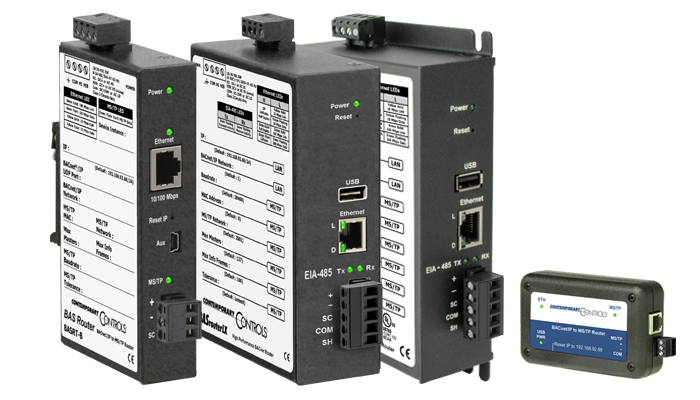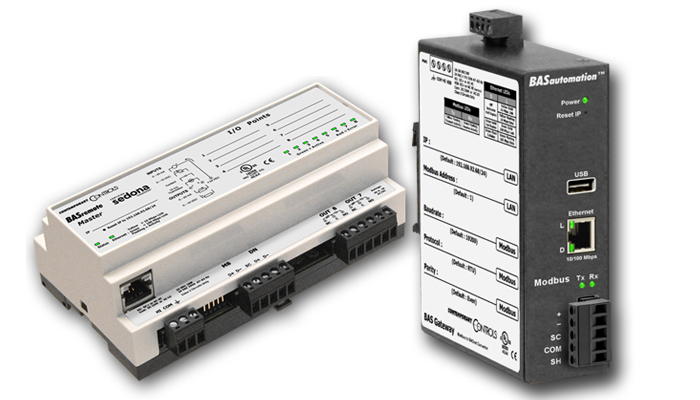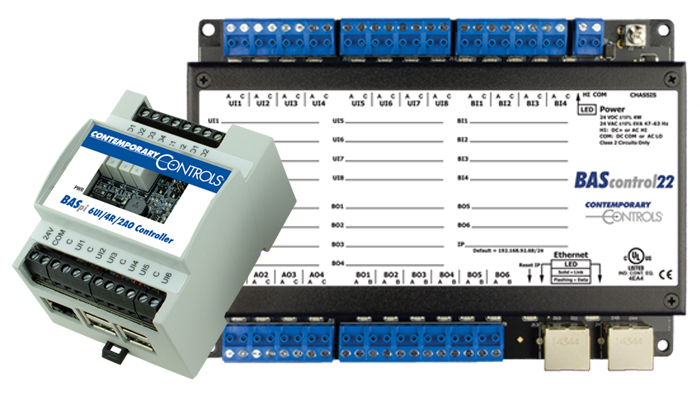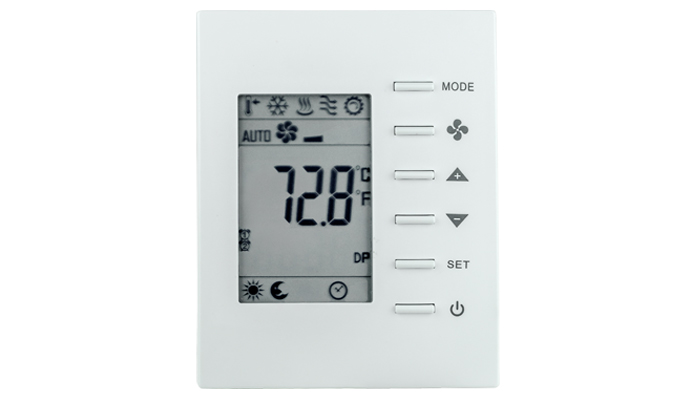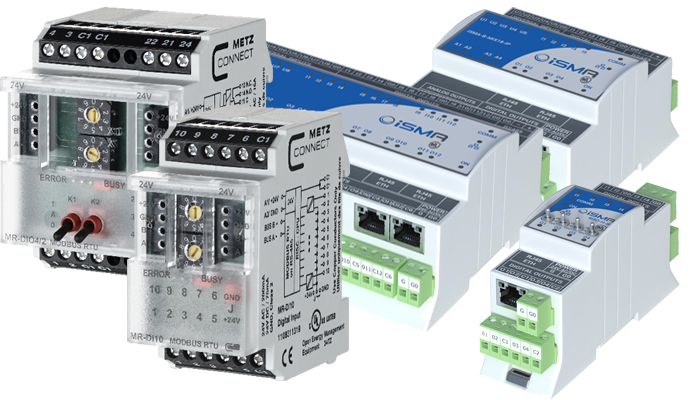BACnet Building Automation and Control Network

BACnet - Building Automation and Control Network - was developed by the American Society of Heating, Refrigeration, and Air-Conditioning Engineers (ASHRAE) and is now both an ANSI and ISO standard. The standard continues to be maintained by ASHRAE's SSPC-135 committee and enhancements are frequent. The intent of this open standard is to allow building owners the opportunity to pick and choose BACnet-compliant equipment from various vendors. BACnet embraces object modeling where a physical device is characterized by a group of standardized objects. Each object type has a defined list of properties. The value of each property identifies the uniqueness of each object such as the present value of an analog input object. Devices provide services to other devices which can vary based upon the complexity of the device. BACnet devices are classified by their device profile which is based upon the services that the device can offer. Device profiles can range from a simple Smart Sensor (B-SS) to a complex Building Controller (B-BC).
BACnet devices communicate to one another over a network. The more popular networks include the Internet Protocol (BACnet/IP) and the Master-Slave Token-Passing network (BACnet MS/TP). Interconnecting BACnet networks requires BACnet routers while connecting non-compliant BACnet devices to a BACnet network requires a gateway.
The BAS Remote is classified as a BACnet application specific controller (B-ASC) while providing a convenient method of expanding building automation systems in the field when using Ethernet for network communication. In addition to universal I/O points, the unit functions as BACnet/IP and Modbus TCP remote I/O, a Modbus Serial to BACnet gateway, and a Powered by Sedona Framework controller.
The BAS Router is used to route messages between BACnet/IP, BACnet Ethernet and BACnet MS/TP networks. Two versions are available-a DIN-rail mounted unit for fixed installations and a portable unit for commissioning and troubleshooting.
Related Products
Supervisors
The BASview is a stand-alone, embedded, web-based graphical interface for building automation and process automation systems. It can be accessed from any web browser - providing client functionality to any BACnet/IP or Modbus TCP system.
Routers
The BASrouters are multi-network routers used to route messages between BACnet/IP, BACnet Ethernet and BACnet MS/TP networks. Three versions are available - two DIN-rail mounted units for fixed installations and a portable unit for commissioning and troubleshooting.
Gateways
Gateways map individual Modbus registers into BACnet objects. With the BASremote, all connected Modbus devices appear as one BACnet device object with a collection of object points representing the various Modbus registers. Using the concept of virtual routing, the BASgatewayLX treats each connected Modbus device as a separate BACnet device with object points representing only those registers of the addressed device.
Controllers
The BASautomation open controllers feature BACnet as a communications protocol and Sedona as a license-free function block programming language. The two series of controllers address unitary control and Micro PC Edge control. Each series is freely programmable using the free BAScontrol Toolset over an Ethernet connection. Pre-built application programs for common HVAC applications are also available.
Communicating Thermostats
The BASstat line of BACnet Communicating Thermostats feature BACnet server functionality over MS/TP or Wi-Fi. Models exist for multi-staged heating/cooling of rooftop units (RTUs) and for 2-pipe or 4-pipe fan coils (FCUs). These devices can easily be supervised by BACnet clients.
I/O Modules
For those installations that support a fieldbus solution such as Modbus RTU or BACnet MS/TP, Contemporary Controls provides solutions for expanding the number of I/O points in the field. Cost-effective Cube I/O modules are available with analog and digital inputs and outputs in varying combinations.
Resources
BASautomation – Building on BACnet Catalog (English)
BASautomation – Building on BACnet Catalog (German)
BASautomation – Building on BACnet Catalog (Spanish)
Object Modeling a Physical BACnet Device
How BACnet is Changing Building Automation Networking
Introduction to BACnet® Routers
Introduction to BACnet for Building Owners and Engineers (Published by BACnet International)
BACnet Video Series
Success Stories
Contemporary Controls Provides BACnet Interface for People-Movers at Manchester (UK) Airport
Contemporary Controls Helps Coventry University "Go Green"
Chiller Plant Optimization at Pharmaceutical Plant
BASautomation Product Line Helps to Advance Buildings' Rating
The BASrouter Makes the BACnet/IP to MS/TP Connection at Salisbury Law Courts
BAScontrol20 Proves Vital for Higher-Education SCADA Simulator

